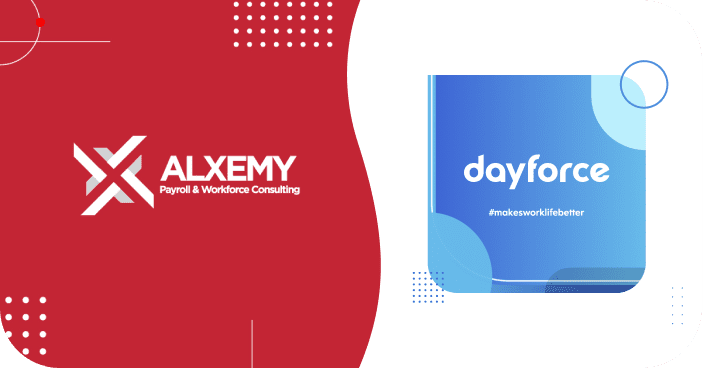
End-of-year tax 2024 is knocking on the door. So, equipping yourself with a summary of the changes occurring from 1 April 2024 is essential for ensuring your ducks are in a row and you have peace-of-mind going forward.
These changes apply for the first pay cycle with a pay date that falls on or after April 1. In a nutshell, what this means is you could have a period ending 31 March 2024 with a pay date of 3 April and this will already form part of the 2025 tax year.
ACC Earner Levy Threshold
- On the ACC front, the ACC Maximum earnings threshold has increased from $139,384 to $142,283.
- The ACC Earner Levy has increased from 1.53% to 1.60%.
- The maximum ACC Earner Levy payable is $2,276.52 annually.
PAYE Rates and Thresholds
Tax thresholds are changing, but not yet. Even though the new government’s policy is to increase the tax thresholds, so employees can expect a reduction in the tax they pay, this won’t kick into effect until June 2024. So, as it stands, there are no changes to tax thresholds or tax codes on 1 April 2024.
Student Loan Repayment Rates and Threshold
No major shift in the student loan department. Student Loan threshold values apply from 1 April 2024, with the rate remaining at 12%:
| Frequency | 2024 – 2025 Tax Year |
| Annual threshold | $24,128 |
| Weekly pay period (Threshold divided by 52) | $464 |
| Fortnightly pay period (Threshold divided by 26) | $928 |
| Four-weekly pay period (Threshold divided by 13) | $1,856 |
| Monthly pay period (Threshold divided by 12) | $2,010 |
Minimum Wage
The minimum wage is on the rise, with increases effective 1 April 2024.
| Type of minimum wage | 2023 Rate | 2024 Rate |
| Adult | $22.70 | $23.15 |
| Starting-Out | $18.16 | $18.52 |
| Training | $18.16 | $18.52 |
Keep in Mind…
As the Tax Year End 2024 fast approaches, stay abreast of these important things . . .
- Ensure your software is updated, you have tested any changes and it’s ready to roll for the first pay cycle in the new tax year.
- Take time to reconcile your payroll reports for the year, and survey what has been reported and paid to the IRD.
- Make sure your new processing calendar and holidays have been loaded. Typically, cloud-based software vendors automate this for you but don’t assume and then find yourself on the back foot.
- If you have employees who are on special tax codes, make sure you have their new certificates on hand.
- ESCT rates are recalculated at this time of the year for employees based on the taxable earnings + employer Kiwisaver contributions for the previous year. Double check your payroll system has done this correctly.
- Ensure all employees are being paid the new minimum wage or higher.
If you have any pay or tax related questions as we step into this busy time of year, reach out to our team for advice and assistance.






